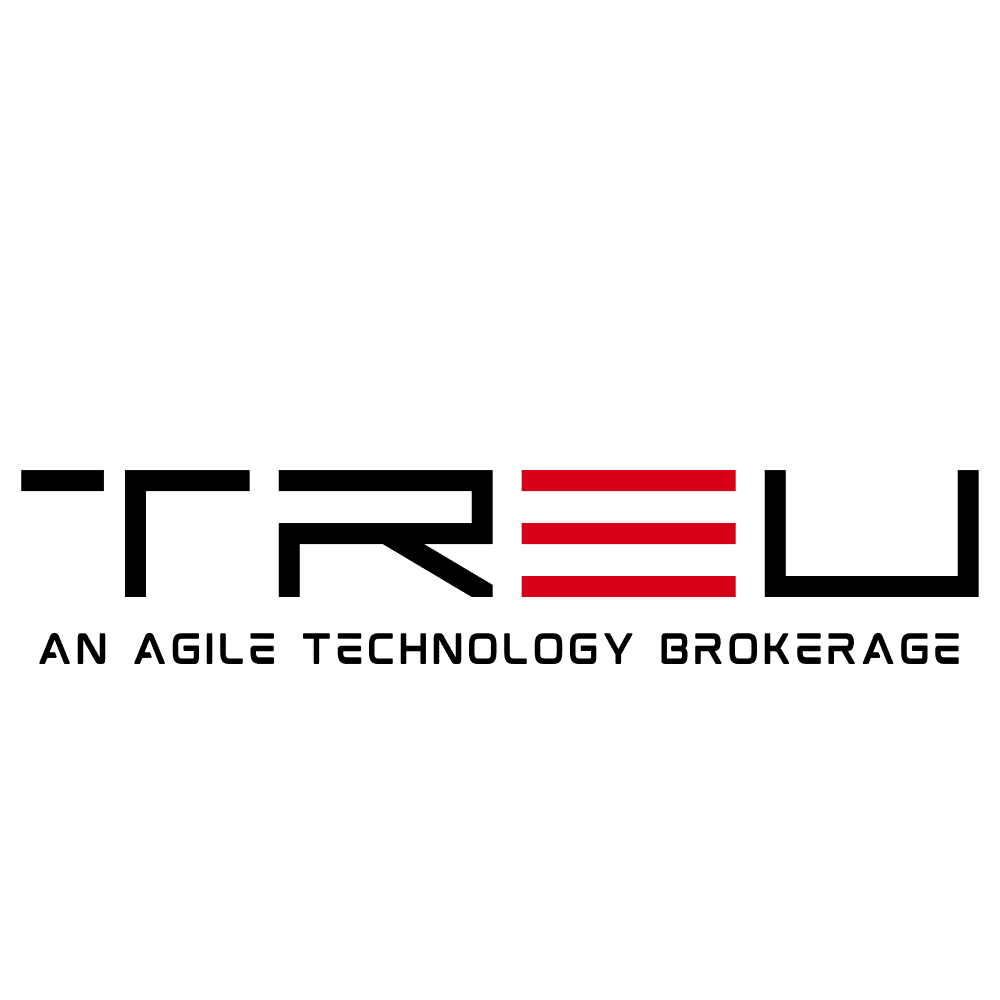Driving Agentic AI Adoption Faster by 2026 for Enterprises
Artificial Intelligence (AI) has evolved from a support tool to a strategic enabler in today’s enterprise landscape. While generative AI has gained much of the spotlight recently, a new paradigm—Agentic AI—is capturing the attention of forward-thinking CIOs and digital transformation leaders. With its ability to make autonomous decisions and act independently on behalf of users, Agentic AI promises to reshape enterprise productivity, workflows, and customer experiences. By 2026, enterprises that lead in Agentic AI adoption stand to gain a substantial competitive edge.
This article explores how companies can accelerate the adoption of Agentic AI, highlighting actionable strategies, current challenges, and the key drivers enabling its growth.
What is Agentic AI?
Agentic AI differs fundamentally from traditional AI systems and even modern generative AI models. While generative AI creates content (text, audio, images), Agentic AI takes it a step further by embodying decision-making abilities and autonomy. This means it can:
- Understand context and dynamically adapt to new situations
- Make decisions in real time without human intervention
- Act on behalf of users across digital and physical environments
Unlike conventional AI models that act as passive tools, Agentic AI systems resemble virtual collaborators capable of initiating and completing complex tasks.
The Urgent Need for Agentic AI in the Enterprise
With increasing operational complexity and rising customer expectations, enterprises are under pressure to deliver faster, data-driven decisions while optimizing cost. Traditional AI can only go so far without human inputs. However, with Agentic AI, enterprises can unlock:
- 24/7 operational efficiency through autonomous agents managing workflows and addressing issues proactively
- Improved customer experience by delivering personalized, real-time interactions without delays
- Streamlined decision-making by reducing human bottlenecks across departments
In sectors such as finance, healthcare, retail, logistics, and manufacturing, the ability to make split-second decisions using live data is game-changing. By 2026, organizations that integrate Agentic AI deeply into their digital DNA will lead in innovation and agility.
Challenges Slowing Down Agentic AI Adoption
Despite its vast potential, Agentic AI has not yet reached mainstream adoption. Several roadblocks need to be addressed:
1. Complexity and Trust Deficit
Many business stakeholders struggle to fully understand AI’s decision-making process. With Agentic AI taking autonomous actions, the fear of unpredictability and regulatory non-compliance becomes a real concern. Enterprises need high transparency, traceability, and explainability to build user and managerial trust.
2. Integration with Legacy Systems
Most enterprises still run on legacy systems that are not designed for real-time data exchange or autonomous decision-making. Integration of Agentic AI requires:
- Modern data architectures
- APIs and microservices that enable connectivity across silos
- Security and privacy safeguards to ensure compliance
3. Talent Gap in AI Strategy and Execution
Organizations need more than just data scientists. Successfully deploying Agentic AI involves product designers, domain experts, AI ethicists, and operational leaders working together. The lack of multi-disciplinary teams is holding back pilot programs from scaling organization-wide.
Strategies to Accelerate Agentic AI Adoption by 2026
To fully embrace Agentic AI, CIOs and technology leaders must navigate a structured roadmap. Below are some practical strategies that can catalyze enterprise adoption:
1. Start with High-Impact Use Cases
Begin with clear, well-bounded business problems where Agentic AI can show measurable ROI. For example:
- Customer support agents that autonomously resolve tier-1 issues
- Supply chain optimizers that respond to disruptions in real time
- Finance bots that process claims or detect anomalies independently
Identifying a few high-impact workflows and demonstrating success internally creates internal champions and executive buy-in.
2. Build Digital Resilience Foundations
Agentic AI thrives in environments with:
- Real-time data infrastructure
- Cloud-native systems that can scale on demand
- Strong cybersecurity frameworks to protect decision flows
Before scaling Agentic AI, enterprises should modernize their foundational IT systems to ensure compatibility and scalability.
3. Focus on Human-AI Synergy
Despite Agentic AI’s autonomy, human oversight remains essential. Businesses must ensure:
- Transparent AI explanations for every decision made
- Governance frameworks that align with regulatory and ethical standards
- Clear human-AI collaboration protocols to manage exceptions and learning
This approach not only boosts trust but also increases adoption from frontline users.
4. Invest in Skills and Culture
AI is not just a technology shift; it’s a cultural shift. Driving rapid adoption by 2026 requires:
- Training programs for both technical and non-technical employees
- Cross-functional AI councils to guide strategy and policy
- Innovation labs to test and experiment with new use cases regularly
Creating a culture of AI readiness can significantly shorten the learning curve and adoption cycle.
5. Collaborate with AI Ecosystem Partners
Accelerating Agentic AI deployment often requires external expertise. Businesses should seek collaborations with:
- AI research firms and academic institutions
- Platform vendors offering Agent-based AI frameworks
- Startups developing cutting-edge autonomous agents
An ecosystem-driven strategy allows enterprises to stay ahead of emerging technologies while reducing development costs and risks.
Real-World Agentic AI in Action
Several trailblazing enterprises are already applying Agentic AI with promising results:
- A global logistics company uses agentic AI to dynamically re-route delivery vehicles during traffic disruptions, reducing delivery time by 25%.
- A major bank has deployed autonomous AI bots to pre-qualify loan applications, slashing processing time from 48 hours to under 5 minutes.
- An e-commerce leader employs smart shopping agents that monitor user preferences and autonomously recommend products tailored to real-time behaviors.
These examples show that the journey to autonomous organizations is already underway and accelerating.
The Road Ahead: Preparing for 2026
The path to widespread Agentic AI adoption is no longer hypothetical—it’s a race. Enterprises that begin their transformation journey today will be positioned to lead their industries by 2026. Key steps over the next two years include:
- Establishing Agentic AI pilots with measurable KPIs
- Developing AI governance structures to scale responsibly
- Measuring AI maturity using structured assessment tools
Conclusion
Agentic AI is not just another evolution in artificial intelligence—it represents a paradigm shift in how machines collaborate with humans. With its potential to dramatically improve enterprise operations, customer experience, and decision-making autonomy, Agentic AI is set to become a foundational component of digital transformation by 2026.
Enterprises that start now—by investing in infrastructure, talent, and strategically aligned use cases—will be best positioned to thrive in a future powered by autonomous AI agents. The time to lead, not follow, is now.
Are you ready to embrace the next chapter of AI? Start building your Agentic AI strategy today.

